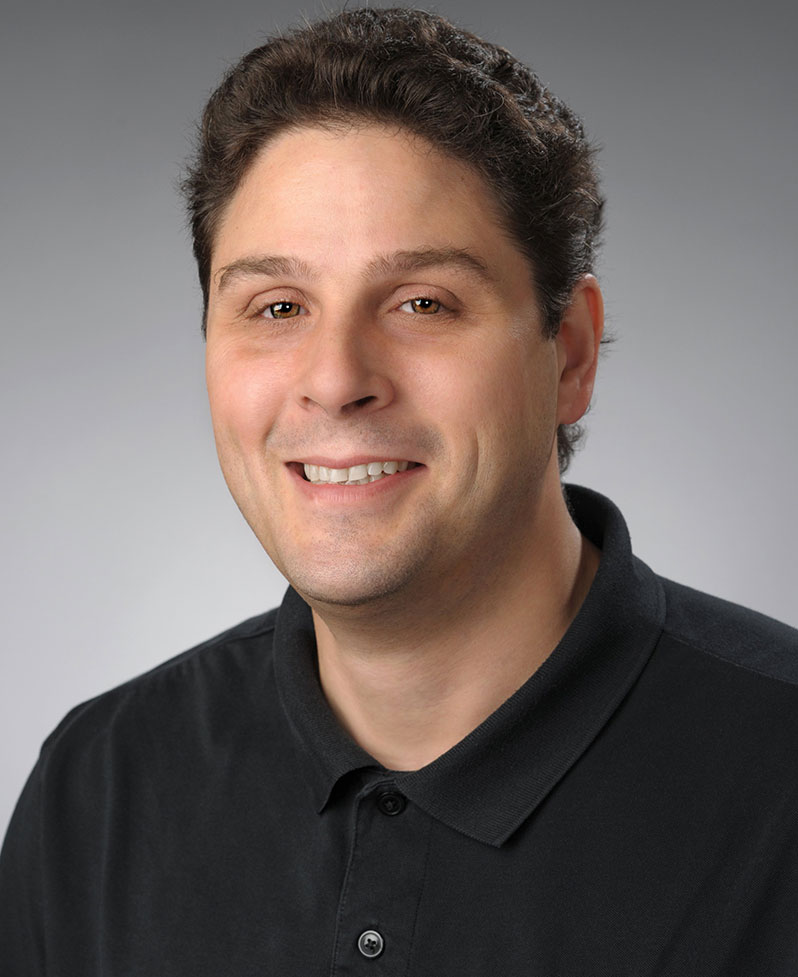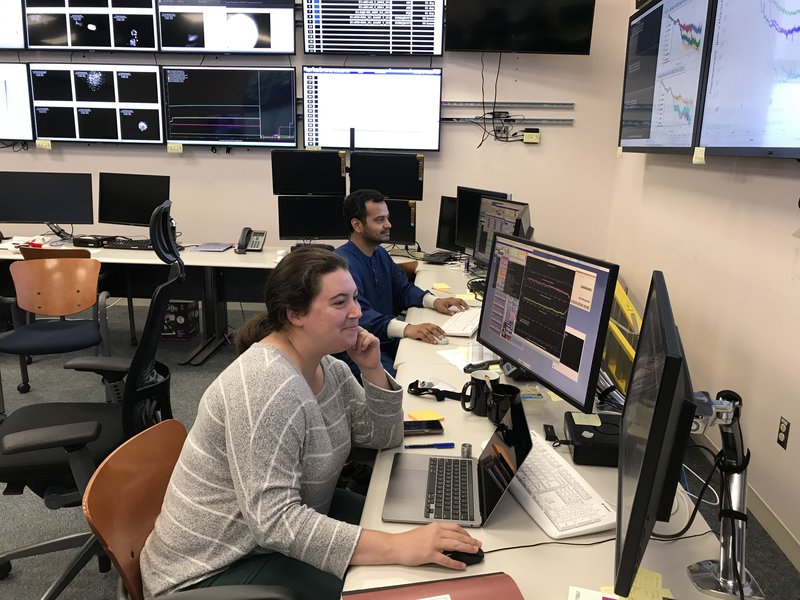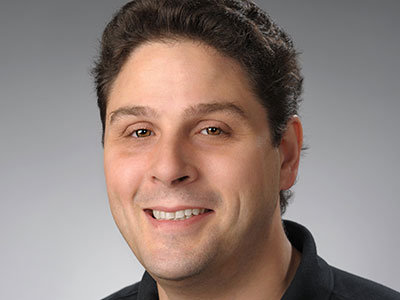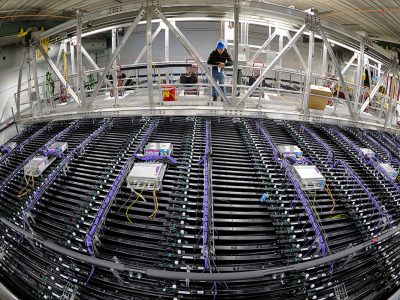In March 2023, the Advanced Laser Interferometer Gravitational-Wave Observatory (LIGO) is set to begin its fourth yearlong observational period. Scientists on site in Hanford, Washington, and Livingston, Louisiana, have spent the last two years on hardware and software upgrades to increase the sensitivity of the detectors, making them capable of sensing “fainter” gravitational waves to detect more events than ever before.

At the same time, members of the Advanced LIGO team are continuously working on refinements for future observation periods years ahead. Stefan W. Ballmer, professor of physics in the College of Arts and Sciences, was a member of the team that helped design and build the LIGO detectors.
To continue that work, Ballmer was recently awarded a $555,000 National Science Foundation (NSF) grant to develop technology for sensing optical cavity mismatches and actuators for suspensions for the next generation detector, a renewal of funding for detector technology for gravitational-wave astrophysics.
The award also provides support for Ballmer’s doctoral students, including Elenna Capote, who is currently on site in Hanford, helping tune the detector alignment and control systems to make sure the detector performs as designed.
“These detectors are complicated machines with thousands of control loops keeping four main mirrors and an additional 30 suspended mirrors aligned and controlled in length to keep the light resonant,” Ballmer says. “Every time you make a change, it really becomes a new detector that has to be re-tuned.”
How LIGO Works
LIGO uses a pair of giant laser detectors called interferometers, located 1,900 miles apart in Hanford, Washington, and Livingston, Louisiana. Each detector contains two 2.5-mile-long vacuum arms—tubes that run perpendicular to one another. A powerful laser beam is split into two and sent down the arms. Mirrors at the end reflect the light back to where the laser beam was split. Since the arms are the same length, the light should take exactly the same time to travel to the mirror at the end of each tunnel and back. But if a gravitational wave passes through Earth, it changes the distance between the mirrors, causing the light beams to return at different times.
By comparing both beams, LIGO is able to measure the stretching of spacetime caused by gravitational waves, a seminal observation first made in 2015 with the first physical confirmation of a gravitational wave generated by two colliding black holes, nearly 1.3 billion light years away.
According to Ballmer, the higher the laser power in the 2.5-mile-long arms, the more accurately scientists can determine the motion of the arm. But the amount of laser power that can be used is currently limited by imperfections in the detectors’ optical system. “The optical phase front of the laser coming back from the detector can get distorted by thermal effects in the mirrors,” he says.
Innovating LIGO

Ballmer is working on a diagnostic camera that records thermal distortions in the detector, allowing scientists to determine their cause and effect. While a prototype camera was developed under a previous award, “this continued support is for deploying that camera and miniaturizing it, making it easier to use on the site,” he says.
The award also supports collaborative research with scientists at MIT to redesign the test mass suspensions for the current detectors to use heavier masses. “Random arrival photons push the test masses around, so the heavier the test masses are, the less they move when they get randomly hit by a photon,” Ballmer explains. “Going to heavier test masses is a way to increase low frequency sensitivity.”
Previous research has focused on new coatings for the mirrors. Under the current grant, Ballmer is also exploring research and development to integrate these coatings on the detector. “The new coatings have much lower thermal noise, but do not work with some auxiliary laser frequencies in the detector. Changing the mirror coatings thus requires other changes in the detector, and so the R&D that’s going under this award is to prototype the new detector systems compatible with the new types of coatings,” he says.
In addition to being used to upgrade the LIGO detectors in its fifth or sixth observation cycle, Ballmer says these developments can be used as a baseline for the next generation of detectors.
Ballmer was a principal investigator on the Cosmic Horizon Explorer Study, a project planning for the third generation of detectors, which will have 10 times the sensitivity of Advanced LIGO. The Cosmic Explorer will push the detection range of black hole and neutron star mergers out into cosmic distances. “We will actually see mergers happening from the very first stars that formed in the universe,” he says.
The 100-page study will inform next steps in NSF funding decisions on the project, which Ballmer says will likely focus on the site proposal and development of the conceptual design for the detector. “We’ve all just seen these beautiful images from the James Webb telescope showing the furthest and earliest galaxies of lights. So, with the Cosmic Explorer, if there are black hole mergers in those early galaxies, we would see them,” he says.
About Stefan W. Ballmer
Ballmer joined Syracuse University in 2010. Leading up to his contributions to LIGO’s Nobel Prize-winning work, he received an NSF CAREER Award in 2013 to support detector technology in the era of gravitational wave astrophysics, providing $860,000 of research funding over five years.
In October 2021, Ballmer was named a Fellow of the American Physical Society (APS), for his critical role in the design and commissioning of the Advanced LIGO detectors and the scientific interpretation of their observations, leadership in the development of third-generation gravitational-wave detectors and mentoring of the next generation of gravitational-wave experimenters.
A native of Switzerland, Ballmer has held a visiting associate professor position at the University of Tokyo; a postdoctoral fellowship at the National Astronomical Observatory of Japan; and a Robert A. Millikan Fellowship at Caltech. He earned a Ph.D. from MIT and a master’s degree from ETH Zurich in Switzerland. An aviation enthusiast, Ballmer enjoys flying in his spare time, is an instrument flight instructor and holds a commercial pilot license.



